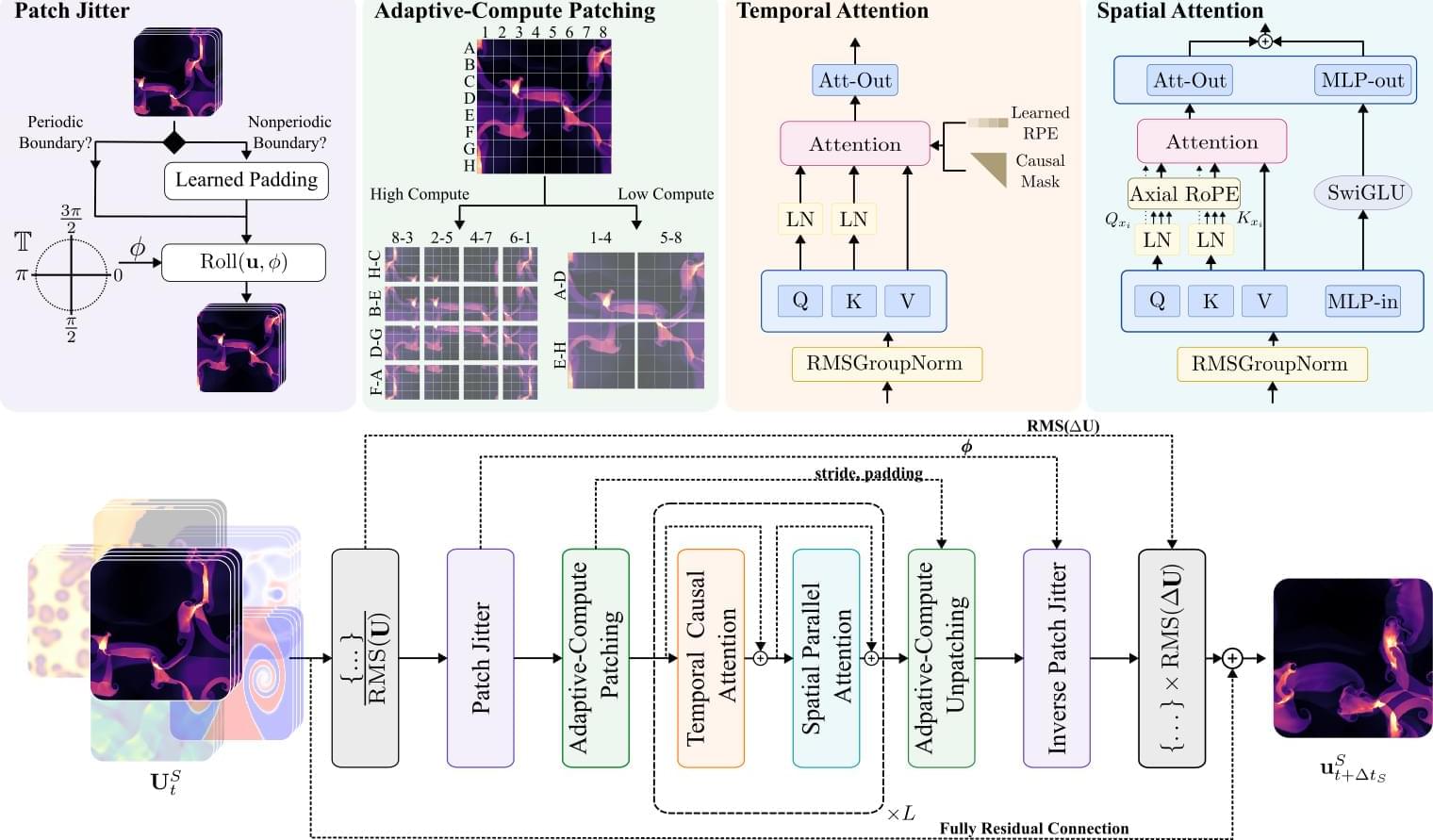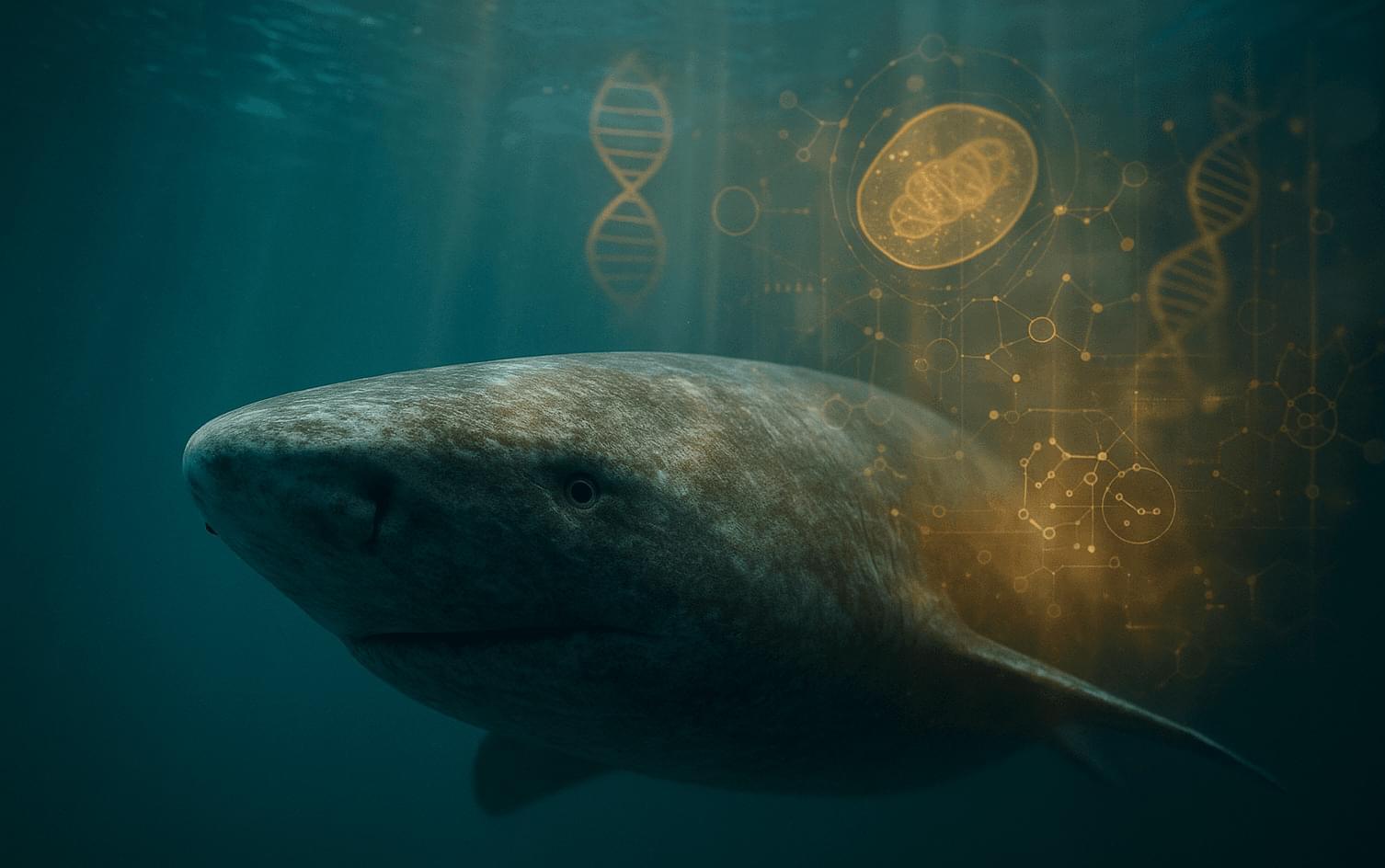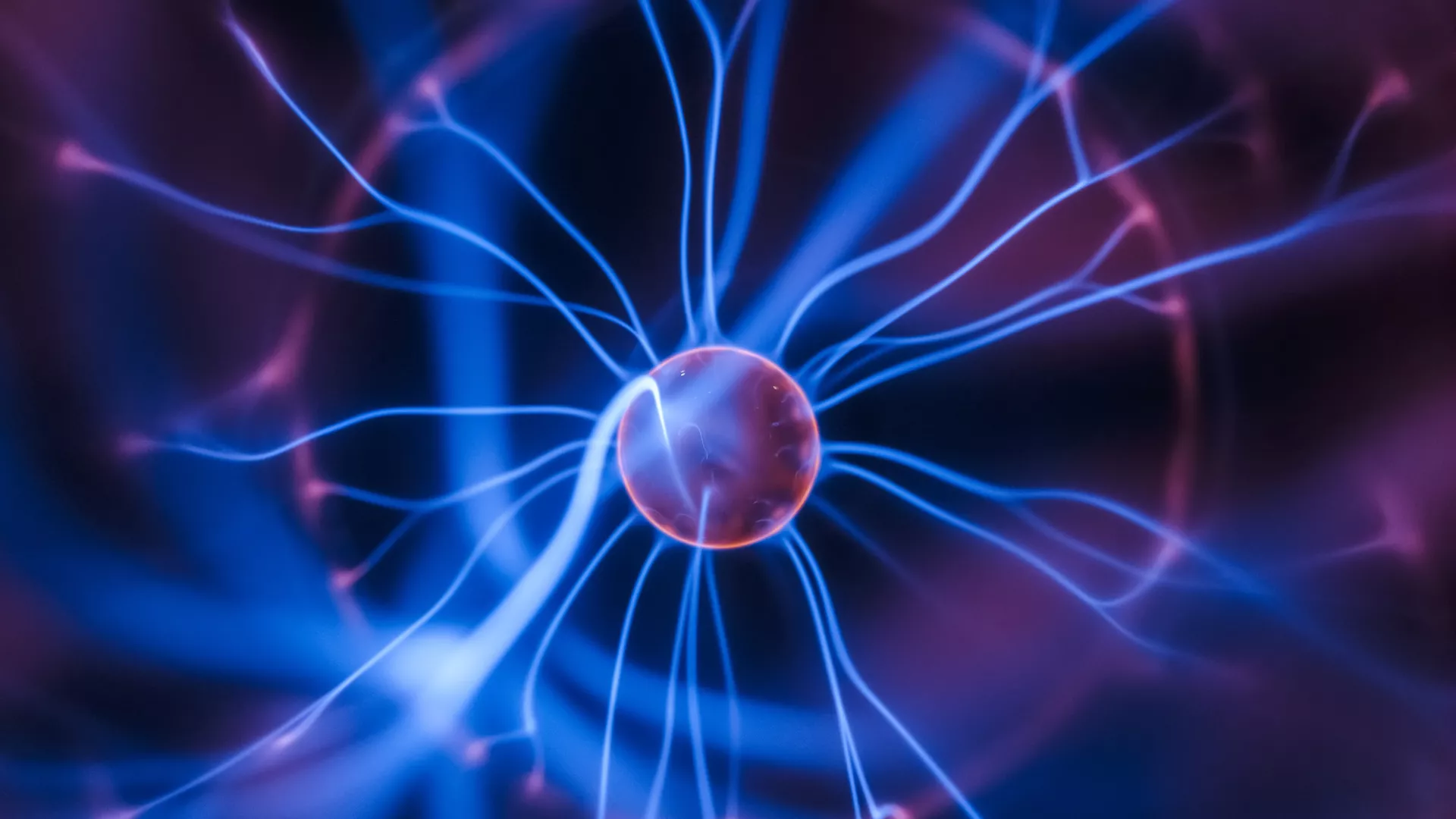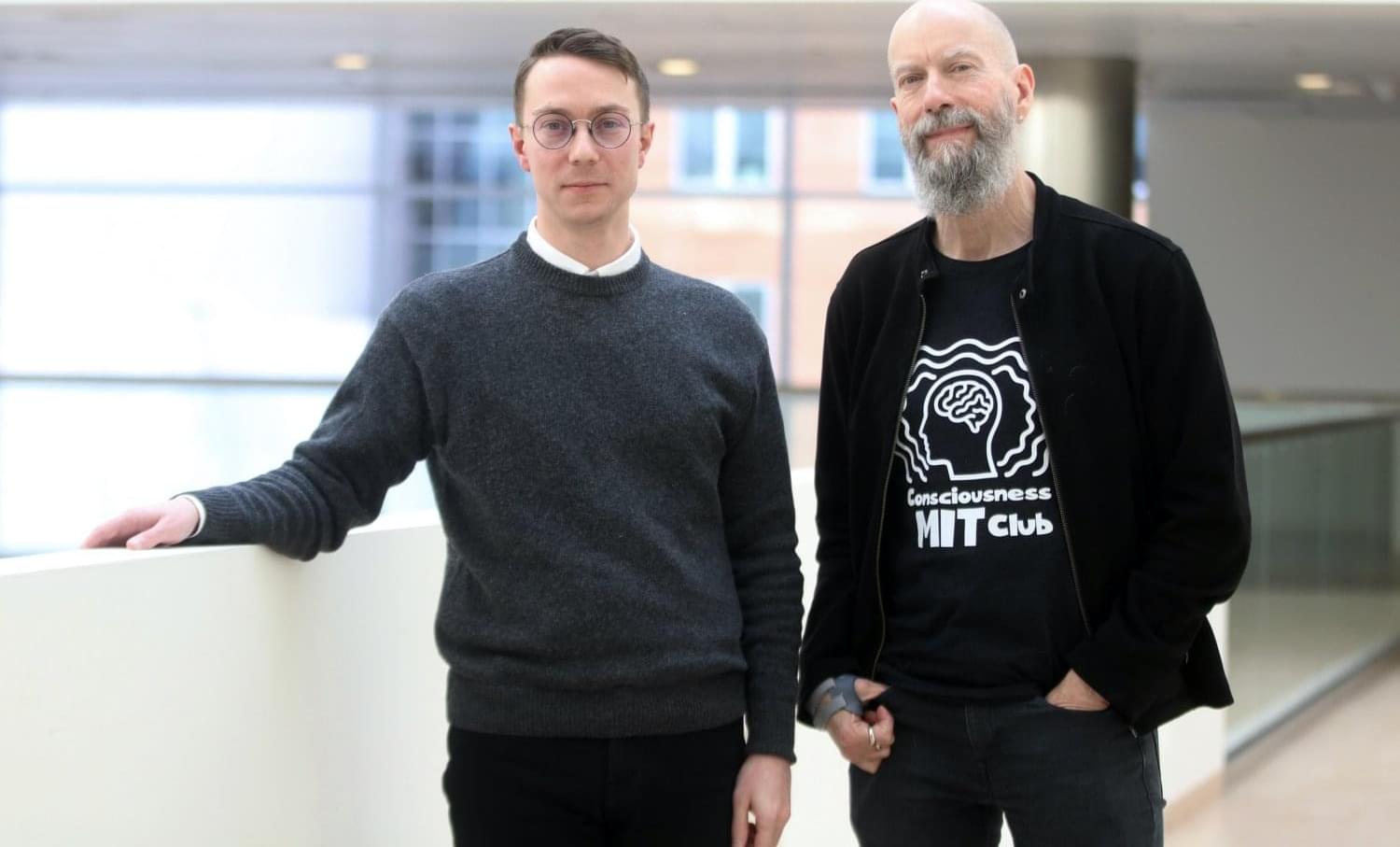New 2025 neurotech research fuels claims of “skill uploads.” Here’s what scientists can and can’t do today, from memory circuits to BCI breakthroughs.



Using simulation-based techniques, scientists can ask how their ideas, actions, and designs will interact with the physical world. Yet this power is not without costs. Cutting edge simulations can often take months of supercomputer time. Surrogate models and machine learning are promising alternatives for accelerating these workflows, but the data hunger of machine learning has limited their impact to data-rich domains. Over the last few years, researchers have sought to side-step this data dependence through the use of foundation models— large models pretrained on large amounts of data which can accelerate the learning process by transferring knowledge from similar inputs, but this is not without its own challenges.


All of modern mathematics is built on the foundation of set theory, the study of how to organize abstract collections of objects. But in general, research mathematicians don’t need to think about it when they’re solving their problems. They can take it for granted that sets behave the way they’d expect, and carry on with their work.
Descriptive set theorists are an exception. This small community of mathematicians never stopped studying the fundamental nature of sets — particularly the strange infinite ones that other mathematicians ignore.
Their field just got a lot less lonely. In 2023, a mathematician named Anton Bernshteyn (opens a new tab) published a deep and surprising connection (opens a new tab) between the remote mathematical frontier of descriptive set theory and modern computer science.

We investigate the artistic patterns generated by the pouring technique made famous by Jackson Pollock. To determine if poured patterns can be distinguished based on the artist age, we apply computer analysis techniques to paintings created under controlled conditions by children (four to six years old) and adults (18–25 years old) pouring fluid paint onto horizontal sheets of paper. Both groups of art display a high visual complexity due to the multi-scaled paint structure generated by the pouring process. However, the two groups demonstrate statistically significant differences when this structure is quantified using both multifractal and lacunarity analysis. Whereas the multifractal analysis probes the scaling characteristics of the patterns, lacunarity quantifies clustering in their spatial distributions. We find that the children’s paintings are characterized by smaller fractal dimensions (indicating a reduced contribution of fine structure) and by larger lacunarity parameters (indicating a larger clustering of this fine structure) compared to the adult paintings. We compare these results to those of two famous poured works by Jackson Pollock and Max Ernst as a preliminary step to investigating the potential origins of the fractal and lacunarity variations across artists, which includes motions related to biomechanical balance. Finally, to examine the impact on audiences, we ask observers to rate their perceptions of the paintings. These ratings indicate a rise in interest and pleasantness for paintings with lower fractal dimensions and larger lacunarity.
The interface between art and science has grown over the past three decades with the advent of statistical analysis of the visual characteristics of art works. Although such studies now encompass a broad range of artistic styles, substantial research has been devoted to paintings generated by pouring paint onto the canvas rather than by using traditional brush contact. A number of Twentieth Century artists pursued this technique, including the European Surrealists [1], the Canadian Les Automatists [2], and the American Abstract Expressionists [3]. The latter featured the most famous proponent of the ‘pouring’ technique, Jackson Pollock [4].
Celebrated as Action Painting, these poured works serve as records of the artists’ encounters with their canvases. In Pollock’s case, this encounter involved him painting in the three-dimensional space above the canvas and then letting gravity condense the fluid paint onto the two-dimensional plane of the canvas laid out across the floor. This dynamic process often unfolded at frantic painting speeds, inviting speculation from art critics and the public alike as to whether it is possible to control the pouring technique. Perhaps all artists are instead destined to generate haphazard records of their encounters with the canvas. This debate has been fueled by the lack of traditional compositional strategies displayed in typical poured works — no center of focus, no left or right, and no up or down [3, 4].
Most strikingly, the paper claims four genuinely new mathematical results, carefully verified by the human mathematicians involved. In a discipline where truth is eternal and progress is measured in decades, an AI contributed novel insights that helped settle previously unsolved problems. The authors stress these contributions are “modest in scope but profound in implication”—not because they’re minor, but because they represent a proof of concept. If GPT-5 can do this now, what comes next?
The paper carries an undercurrent of urgency: many scientists still don’t realize what’s possible. The authors are essentially saying, “Look, this is already working for us—don’t get left behind.” Yet they avoid boosterism, emphasizing the technology’s current limitations as clearly as its strengths.
What we’re learning from collaborations with scientists.

Humans know they exist, but how does “knowing” work? Despite all that’s been learned about brain function and the bodily processes it governs, we still don’t understand where the subjective experiences associated with brain functions originate.
A new interdisciplinary project seeks to find answers to these kinds of big questions around consciousness, a fundamental yet elusive phenomenon.
The MIT Consciousness Club is co-led by philosopher Matthias Michel, the Old Dominion Career Development Professor in the Department of Linguistics and Philosophy, and Earl Miller, the Picower Professor of Neuroscience in the Department of Brain and Cognitive Sciences.


At the award ceremony held on Monday, November 10, 2025, at the Kyoto International Conference Center, Her Imperial Highness Princess Takamado graced the occasion, joined by ambassadors, consuls general, and numerous distinguished guests from Japan and abroad to celebrate the laureates’ achievements. Each laureate was presented with a diploma, the Kyoto Prize medal, and a monetary award of 100 million yen. https://www.kyotoprize.org/en/laureates/shun-ichi_amari/
We extend our heartfelt congratulations to Professor Shun’ichi Amari on receiving the Kyoto Prize. Below is a list of his works — 30 references published in journals including a research survey article, along with selected book chapters — published by Springer Nature over the past 50 years. These materials are available for free viewing and download until December 14, 2025.

A particle accelerator that produces intense X-rays could be squeezed into a device that fits on a table, my colleagues and I have found in a new research project.
The way that intense X-rays are currently produced is through a facility called a synchrotron light source. These are used to study materials, drug molecules, and biological tissues. Even the smallest existing synchrotrons, however, are about the size of a football stadium.
Our research, which has been accepted for publication in the journal Physical Review Letters, shows how tiny structures called carbon nanotubes and laser light could generate brilliant X-rays on a microchip. Although the device is still at the concept stage, the development has the potential to transform medicine, materials science, and other disciplines.